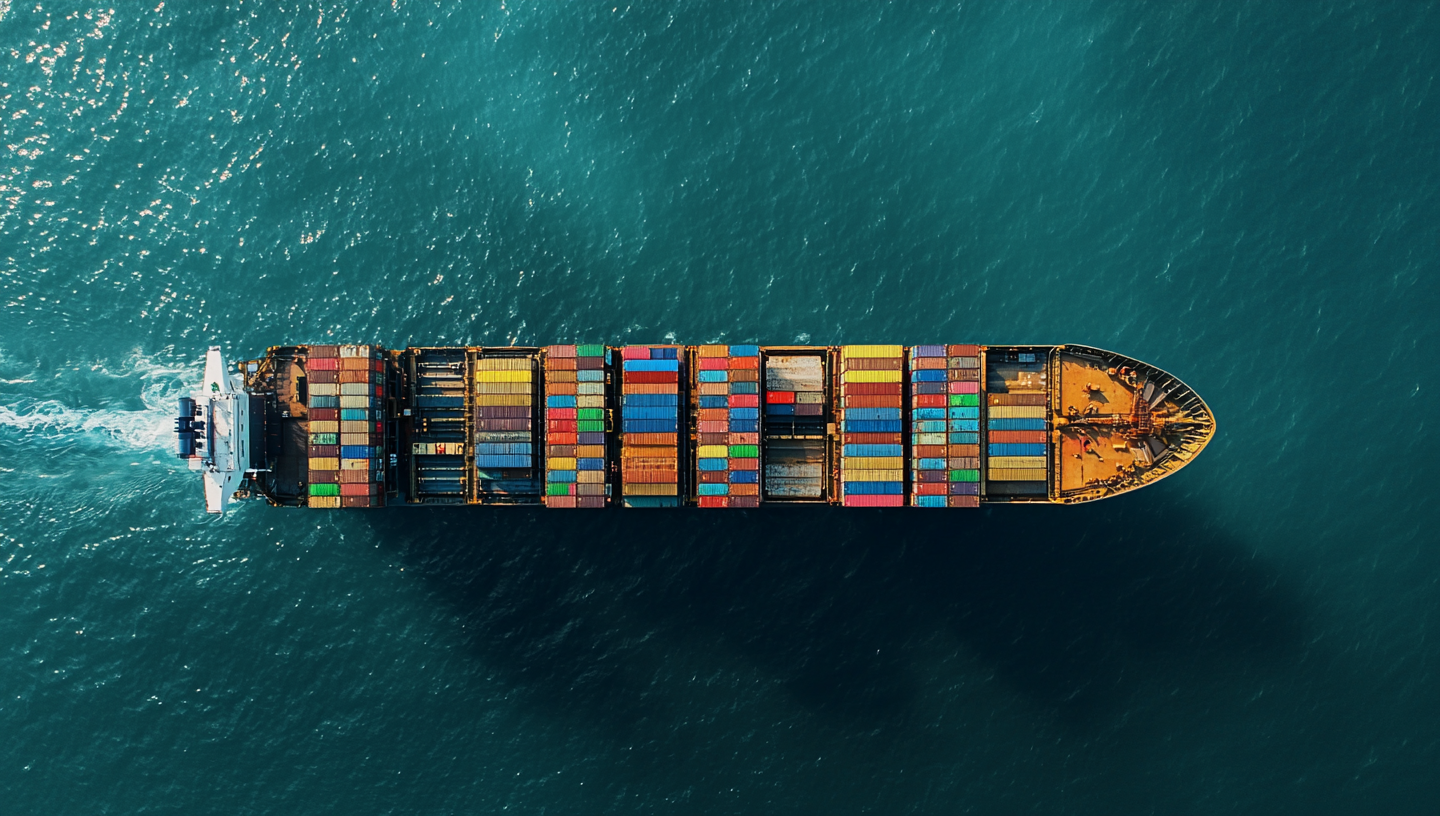Living on an island state like Tasmania means nearly everything we buy from, or sell to, the mainland has to cross Bass Strait. That journey adds extra transport costs compared to businesses on the mainland who can simply use road or rail. Think of it as a ‘water tax’ just for being Tasmanian.
The Tasmanian Freight Equalisation Scheme, or TFES, is a long-standing federal government program specifically designed to tackle this. Its main goal is straightforward: to reduce the cost of shipping eligible goods across the water, aiming to put Tasmanian businesses on a more level playing field with their mainland counterparts.
The scheme kicked off back in the mid-1970s after an inquiry recognised this unique disadvantage. The basic idea was to make the cost of essential sea freight to and from Tasmania roughly the same as moving goods the equivalent distance over land on the mainland. When it functions as intended, TFES helps our exporters stay competitive when selling interstate and, in theory, helps keep the prices of goods shipped into Tasmania more affordable for everyone by subsidising part of that freight cost.
However, the reality often falls short of the promise, and that’s where the problems lie.
Businesses frequently report that TFES is complex to navigate, slow to pay out, and bogged down in confusing paperwork.
There are strong criticisms that the current rules can favour large corporations over smaller local businesses, and it hasn’t adapted well to modern needs, like adequately supporting crucial air freight for time-sensitive products (think fresh seafood or urgent supplies).
Instead of being a simple, effective bridge, it often feels like another barrier, hindering rather than helping Tasmanian producers and exporters reach their potential, and doing little to ease cost-of-living pressures related to imported goods.
That’s why there’s a strong push to modernise it – to make it faster, fairer, simpler, and truly effective for all Tasmanians in today’s economy.
